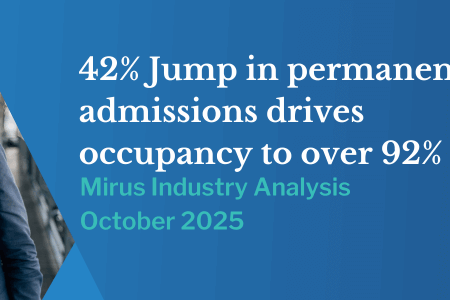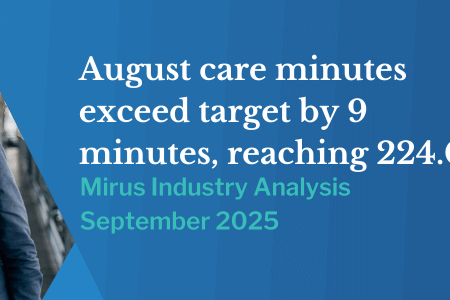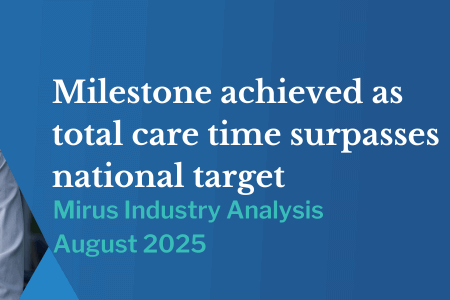Turning change fatigue into focused action
July 21, 2025 | Guest Bloggers at Mirus

By guest blogger Victoria Mills, CEO & Founder of Hello Coach
In today’s high-change environment, organisations are facing a silent threat that’s impacting performance, culture, and wellbeing: change fatigue. When employees are constantly asked to pivot, adapt, and absorb new ways of working without the time, clarity, or energy to do so—it creates exhaustion, disengagement, and resistance.
The good news? Change fatigue is not the end of the story. With the right leadership strategies and cultural resets, organisations can move from fatigue to renewed focus restoring energy, engagement, and performance.
Understanding Change Fatigue
Change fatigue isn’t just about volume it’s about how change is experienced. When communication is unclear, transitions are rushed, or people feel left out of decisions, it creates a cumulative toll. Teams become reactive instead of proactive. Morale drops. Productivity stalls. The “why” behind the work fades.
This isn’t about one bad change it’s about too many changes, too fast, with too little recovery.
What Recharging Really Means
Recharging an organisation doesn’t mean pausing all initiatives or avoiding necessary transformation. It means being intentional about how we move forward, recognising where people are, and resetting the way we lead. Here’s how to start:
1. Pause and acknowledge
Before jumping into the next project, acknowledge what your people have been through. Fatigue thrives in environments where effort goes unrecognised. Take time to reflect on the journey so far, celebrate wins (even the small ones), and validate the effort it took to get here.
2. Reconnect with Purpose
One of the fastest ways to shift from fatigue to focus is to reconnect teams with a clear, meaningful “why.” When people understand how their work matters, energy returns. Realign goals to values. Remind everyone what you’re building together.
3. Prioritise and Simplify
Often, fatigue sets in when teams are pulled in too many directions. Leaders must get disciplined about prioritisation. Ask: What’s truly essential right now? Where can we remove complexity? Fewer, clearer priorities help teams regain focus and momentum.
4. Foster Psychological Safety
When people are burnt out, they need to feel safe to speak up. Create space for open dialogue. Encourage honesty without fear. Ask teams what’s working, what’s not, and what support they need. Listening is leadership.
5. Lead Through Coaching, Not Just Control
Coaching-style leadership is powerful during recovery. Instead of issuing more directives, lead with questions, curiosity, and compassion. Empower your people to find solutions, set boundaries, and re-engage at their own pace. Coaching builds ownership, trust, and resilience.
The way forward
Recharging your organisation after change fatigue isn’t a luxury it’s a leadership imperative. By slowing down, reconnecting, and leading with intention, you create the conditions for energy, alignment, and growth to return.
Because sustainable change isn’t about doing more. It’s about doing what matters together, with focus.
To go deeper, explore Hello Coach’s live workshops, 1:1 coaching programs, and scalable solutions for leadership development – reach out today.


